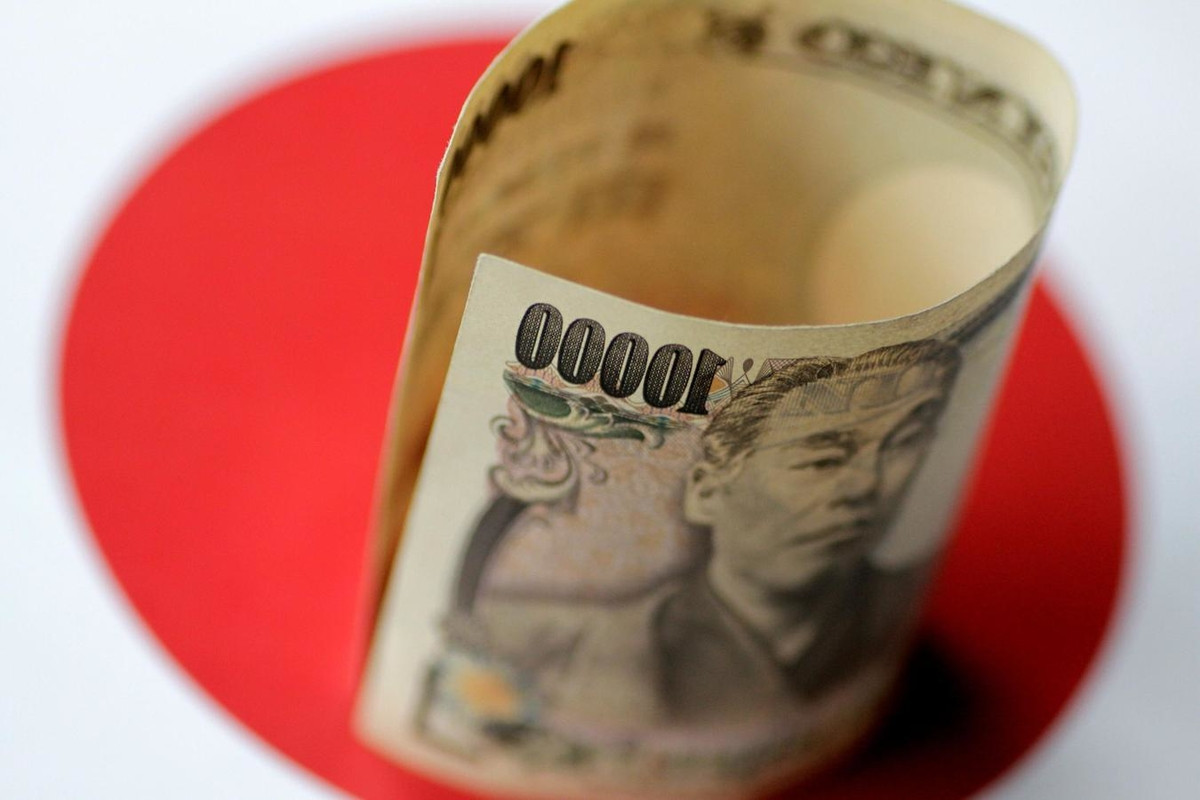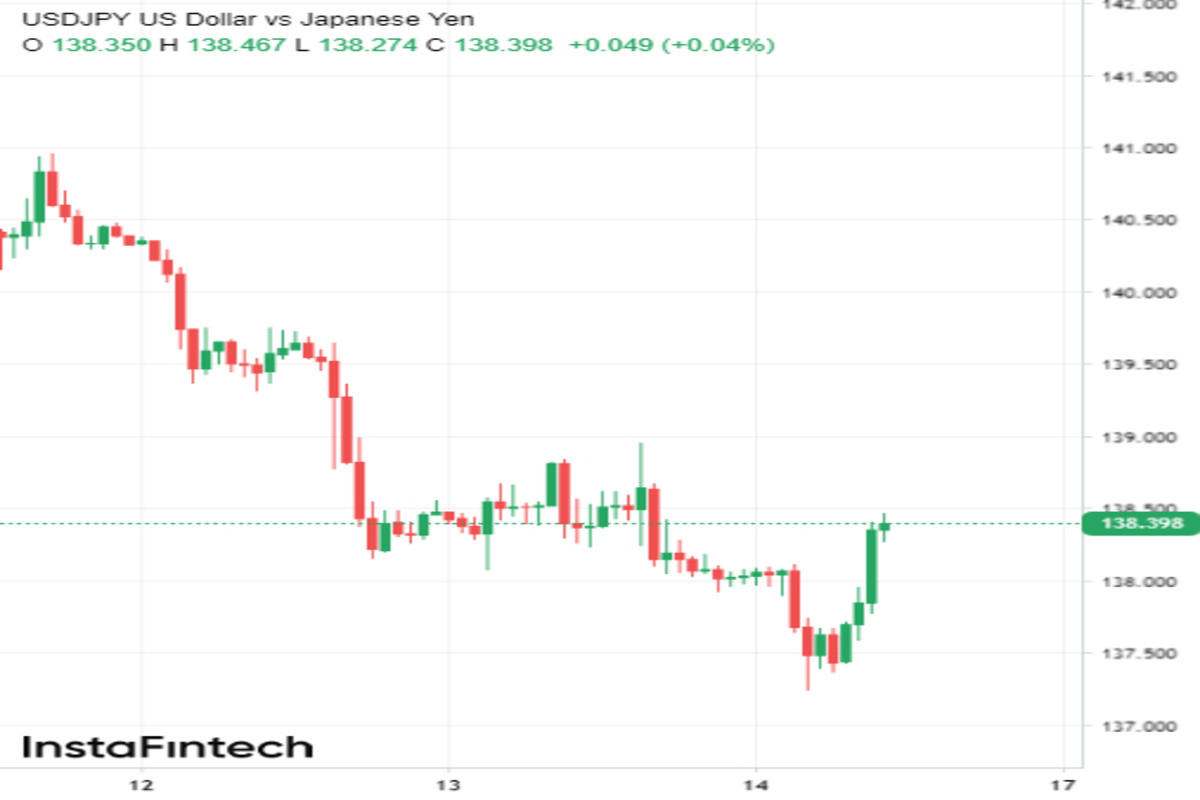
The Japanese currency is on track for its longest rally since 2018. It has been rising against the US dollar for seven consecutive sessions. During this time, it has gained over 4% and reached a two-month high. Some analysts believe that this is the beginning of a bullish trend for the yen and predict new highs.
Why is JPY growing?
This morning, the Japanese currency continues its triumphant ascend against the greenback. At the time of writing, the USD/JPY pair has dropped by 0.23% to the level of 137.71.

Over the past week, the pair lost more than 3%. The last time it demonstrated such a sharp decline was back in January.
The extreme decline in the dollar's exchange rate this week is due to two factors:
- weakening hawkish expectations regarding the future monetary policy of the Federal Reserve;
- speculation about possible adjustments to the yield curve control policy at the Bank of Japan's July meeting.
In the past few days, investors have significantly revised their forecasts regarding the future trajectory of interest rate hikes in the US.
The probability of another tightening by the Fed this month is now estimated by futures traders at over 90%. However, many market participants no longer believe that the Fed will continue to raise rates after a hike in July.
Of course, talk about a possible pause in the US anti-inflation campaign did not arise out of thin air. Last week, investors received a weak employment report in the US, and this week, rather downbeat inflation statistics.
The June release published last Wednesday showed a significant slowdown in both headline and core inflation on a yearly basis. The indicators fell to 3.0% and 4.8% respectively compared to May's figures of 3.5% and 5.3%.
Yesterday's report on producer prices in the US further reinforced the belief that inflation in the country has taken a confident downward path. In June, the PPI index rose by only 0.1% on a yearly basis. This is lower than the forecast (0.4%) and the previous value (1.1%).
A steady deflationary trend currently observed in the US indicates that the Federal Reserve may no longer have a pressing need to tighten monetary conditions in the coming months.
Meanwhile, in Japan, the opposite trend of rising consumer prices is emerging. Inflation in the country continues to move upward and may soon become more sustainable if it is stimulated by rising wages.
Last week, traders received a strong wage report in Japan for May, which greatly encouraged yen bulls. Buyers of JPY have long been waiting for wages to start growing at a faster pace to boost consumer demand in the country and spur inflation.
In such a scenario, the Bank of Japan will have no choice but to start raising interest rates, which have so far remained in negative territory.
Tightening monetary conditions in Japan would narrow the gap between its interest rates and the rates in the US, further strengthening the yen against the dollar.
Of course, at this stage, when the BOJ management continues to actively send dovish signals to the market, there is no reason to hope for a quick change in the monetary policy.
However, there is a strong reason to expect the Bank of Japan to take its first hawkish step as early as this month.
Currently, the markets are full of speculation that the central bank will make adjustments to the Yield Curve Control (YCC) mechanism at the July meeting due to the recent surge in 10-year government bond yields and growing inflation expectations.
According to a recent survey, Japanese households expect average annual inflation to reach 10.5% next year, which is significantly higher than the Bank of Japan's 2% target.
As we can see, the fundamental backdrop, which until recently favored the rise of the US dollar, is about to change in favor of its Japanese counterpart. According to many analysts, this will lead to a sustainable decline in carry trading and a sell-off in the USD/JPY pair.
"The Fed is almost done with rate hikes as inflationary pressures in the US weaken, while in Japan, inflation is picking up, and this may provoke a change to the BOJ's policy. If the commonly accepted policy trends change unexpectedly, carry trades like long positions on the dollar/yen pair may be canceled," shared currency strategist Chan Wei Lian.
Short-term outlook for USD/JPY
On the last day of the trading week, the dollar/yen pair may receive a small driver after the release of the University of Michigan's consumer sentiment index.
If the data turns out to be optimistic, the pair may develop an upward correction. Additionally, extreme oversold conditions could deter traders from opening new short positions.
However, sellers are currently buoyed by bearish MACD signals and a clear breakout of a previously important support line near 139.50.
If the price closes below the DMA confluence around 137.00, the pair may test the ascending support formed in mid-January 2023 near 135.40 at the time of writing. Breaking below this level could quickly pave the way to the psychological level of 130.00.





















